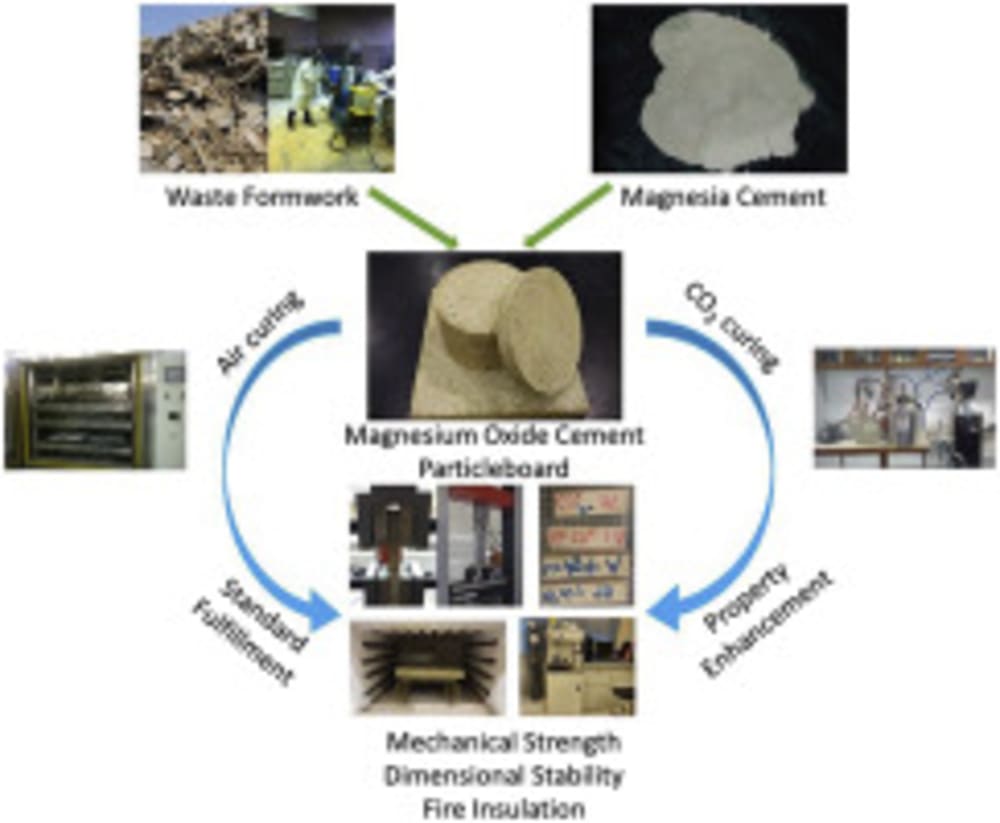In order to lessen the negative effects of industrial processes on the environment, waste reduction and recycling of manufactured slag are essential elements of sustainable manufacturing. Slag is a byproduct that is produced when metals are smelted. It is mainly produced when metal is separated from its ore. Slag is sometimes considered waste, although it really contains useful components that can be recycled or repurposed, lowering the environmental impact of manufacturing activities and adhering to the principles of the circular economy.
Using slag waste to make construction materials is a major way to manage the trash. Slag can be utilized as an aggregate in the creation of concrete or processed into slag cement. Slag is a material that can be used to improve the strength and durability of concrete while also keeping waste out of landfills. By decreasing the need for natural resources like gravel and limestone, this method also lessens the environmental damage that comes with their exploitation. Slag frequently requires less energy-intensive processing than standard cement manufacture, therefore utilizing it in building can also help reduce greenhouse gas emissions.
Slag is used in construction as well as in the building of roads and soil stabilization. Slag improves the lifespan and functionality of roads by offering a solid and sturdy foundation when utilized as a base material. Its application in soil stabilization enhances the soils' ability to support loads, making it appropriate for a range of infrastructure projects. These uses serve as excellent examples of how waste materials can be converted into useful resources, fostering sustainable growth and lessening the negative effects of manufacturing operations on the environment.
The recovery of precious metals from the trash is another creative strategy for recycling slag. Metals like copper, zinc, and lead can be recovered from slag thanks to advanced technologies like hydrometallurgical and pyrometallurgical procedures. By reintroducing these recovered metals into the production cycle, natural resources can be preserved and less virgin raw materials will be required. Furthermore, by producing income from what would otherwise be regarded as waste, the extraction of metals from slag can have a positive economic impact.
Building stakeholder trust and showcasing the organization's dedication to sustainability can be accomplished by consistent reporting on the economic and environmental advantages of slag recycling. Furthermore, continuous assessment and enhancement of recycling procedures guarantee that slag management techniques stay in step with changing industry norms and technology breakthroughs.
In summary, there are a lot of prospects for sustainable manufacturing in the produced slag industry when it comes to waste reduction and recycling. Industries may minimize waste, preserve natural resources, and lessen their environmental impact by recovering valuable metals from slag and using it for construction materials, road infrastructure, and soil stabilization. Implementing slag recycling programes successfully calls for a thorough understanding of the qualities of the slag, teamwork with stakeholders, employee involvement, and ongoing monitoring. By encouraging long-term environmental stewardship and sustainable industrial practices, these initiatives support a circular economy.
Like this entry?
-
About the Entrant
- Name:Gayathiri V
- Type of entry:teamTeam members:
- MOHANA SHRI R E
- SARNISH C
- KANISHYA G
- Patent status:none

